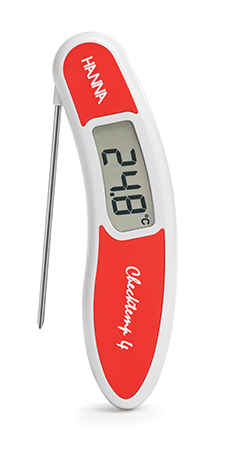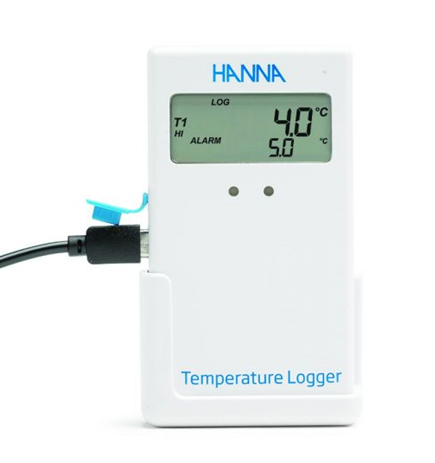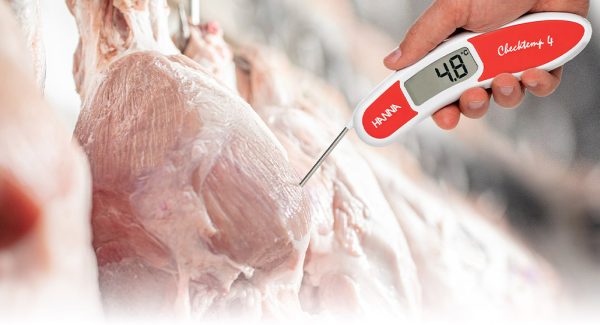

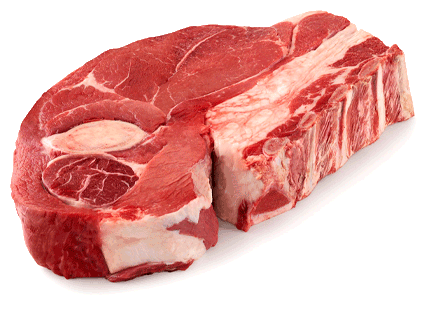

Despite the fact that meat is sold fresh in many countries, cooling of carcasses is necessary before conveyance to markets.
Freshly slaughtered carcasses, it must be remembered, are warm systems with temperatures close to ordinary body temperatures of 37°C (or 98.6°F) and subject to bacterial attack.
They should be cooled rapidly under natural ventilation on the hoist in a well-spaced position until the surface is dry.
When we talk about cooling of the meat, that process is necessary to slow down the meat degradation (2 to 3 times for every 10°C).
Cooling of the meat depends on:
- relative humidity and cooling air temperature
- relative humidity and temperature of meat
- cooling air flow rate
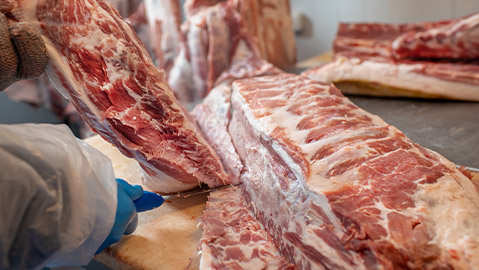

The quality of frozen meat primarily depends on the speed of freezing, and on the size and position of the ice crystals formed during freezing.
Comparing other conservation methods, freezing preserves the nutritionally valuable ingredients of meat the best.
During the freezing of food, free water turns into ice, and the temperature at which freezing begins depends on the concentration of dissolved substances in the water.
Meat begins to freeze at -1.5°C, and at -2.5°C about half of the water in the meat is frozen.
HI151-1
Checktemp®4
Temperature Tester
For home and professional kitchens, HI151 Checktemp®4 is the perfect portable, high-accuracy thermometer.
Ideal for spot checks and measuring across a wide range of temperatures, the Hanna folding thermometer is a favorite across the food industry.
- Color coded to meet HACCP regulations.
- Stainless steel probe for easy insertion into food products.
- Pocket-sized with large LCD.


The meat is frozen and stored at -18°C. The rule of thumb is that the lower the storage temperature, the greater the sustainability of the meat and the lower the losses.
Transportation of frozen meat is one of the critical points in preserving its hygienic quality due to the frequent manipulation of a large number of people, inadequate temperature and cooling during transport over long distances, avoiding the costs of washing and disinfecting refrigerators.
HI148
From storage to shipping, it’s important to monitor the temperature of your products to ensure that they are being stored in optimal conditions.
Quick to setup, simple to use, the HI148 Thermologgers are ideal for monitoring temperature in applications such as food processing, transportation, museums, and horticulture.
- Models available with one or two channels, internal and/or external sensor.
- Programmable high and low alarm LEDs flash for quick viewing.
- Automatically log your results and view with included software.
Tajana Mokrović
mag.nutr.



